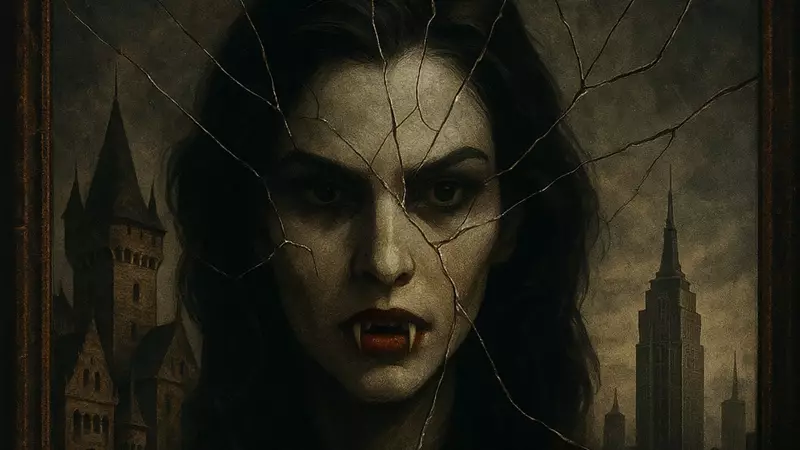
The shadowy figure of the vampire has haunted literary imagination for centuries, but its modern incarnation owes much to Bram Stoker's iconic 1897 novel, Dracula. This Gothic masterpiece didn't just create a character; it established the blueprint for vampire mythology that would captivate generations.
The Birth of the Modern Vampire
Before Dracula, vampire stories existed in various folk traditions, but Stoker's novel synthesized these elements into a compelling narrative that defined the genre. Drawing from Eastern European folklore and historical figures like Vlad the Impaler, Stoker created Count Dracula - an aristocratic, sophisticated, and terrifying creature of the night.
The Gothic Foundation
Dracula emerged during the peak of Gothic literature, incorporating elements that would become vampire staples: the undead condition, vulnerability to sunlight and crucifixes, the need for invitation, and of course, the thirst for human blood. Stoker's novel established these rules so effectively that they became the foundation for all subsequent vampire fiction.
Twentieth Century Transformations
The vampire continued to evolve throughout the 20th century. Anne Rice's Interview with the Vampire (1976) marked a significant turning point, transforming vampires from monstrous villains into tortured, sympathetic anti-heroes. Her Vampire Chronicles explored themes of immortality, loneliness, and morality, giving vampires complex psychological depth.
The Modern Romance Era
The 21st century witnessed another dramatic shift with Stephenie Meyer's Twilight series. These novels reimagined vampires as romantic figures capable of love and restraint, appealing to a new generation of readers. This interpretation sparked both massive popularity and significant debate within vampire fiction fandom.
Why Vampires Endure
Vampires remain compelling because they serve as powerful metaphors for human concerns: the fear of death, questions of morality, struggles with desire, and the nature of humanity itself. Each era reinvents the vampire to reflect contemporary anxieties and aspirations.
From Stoker's terrifying Count to Rice's philosophical immortals and Meyer's romantic heroes, the vampire's ability to adapt ensures its continued relevance in popular culture. These nocturnal creatures continue to evolve, reflecting our changing understanding of what it means to be human - or inhuman.





